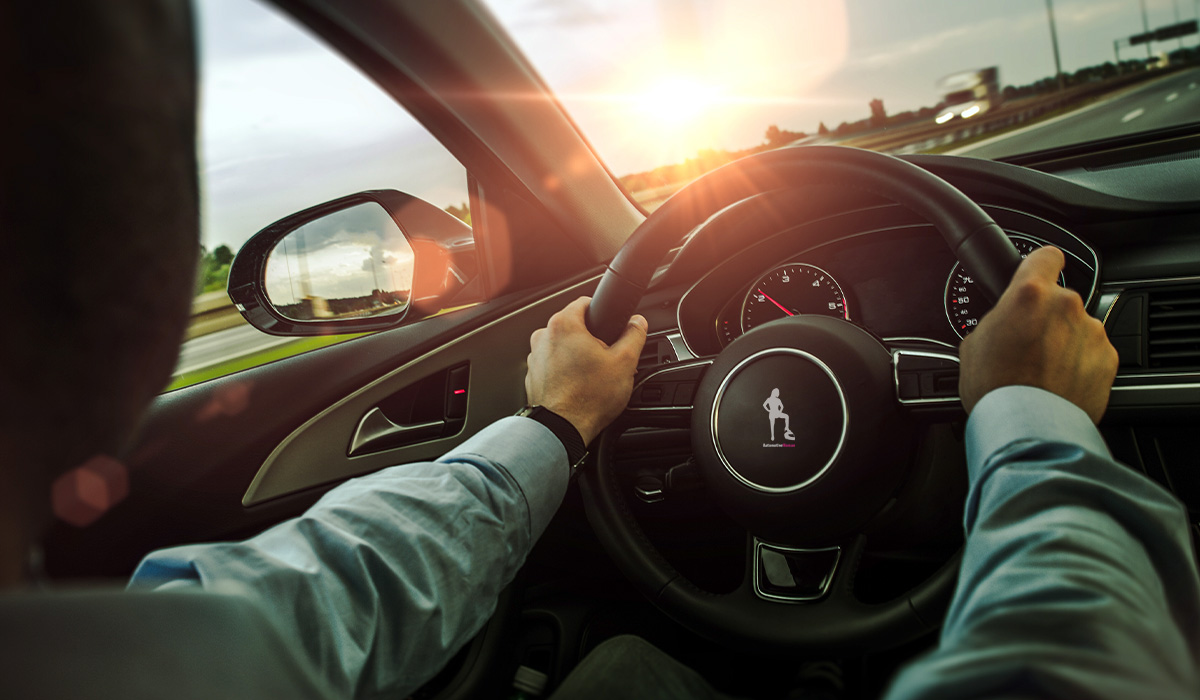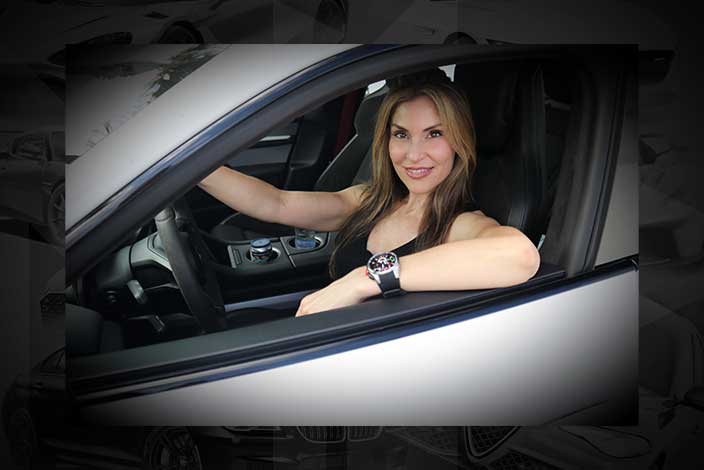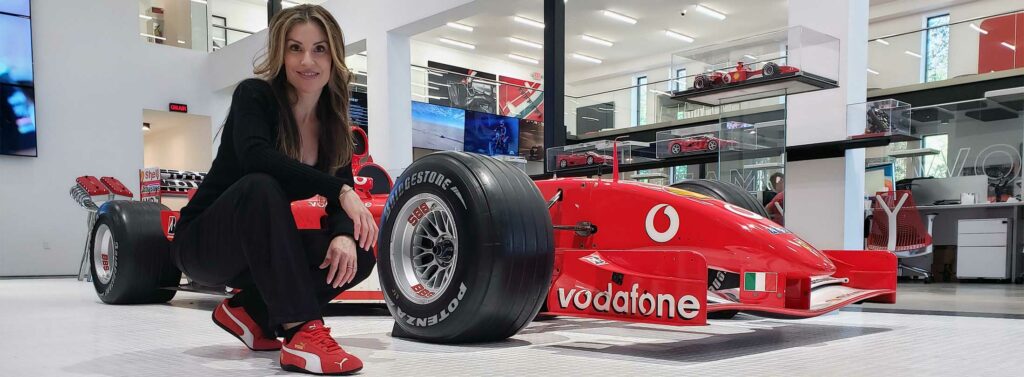Today’s the day – April 8th – The World Goes Dark!
Few events capture the imagination quite like a total solar eclipse. Today, sky-gazers across certain regions will be treated to a rare spectacle as the moon moves between the sun and Earth, momentarily casting a shadow over the land. While this cosmic ballet promises awe and wonder, it also presents unique challenges, particularly for those who will be driving during the event.
Check your local area for the best times to see the eclipse
With common sense being used less and less behind the wheel of a vehicle these days, we at AutomotiveWoman.com feel the need to highlight some basic suggestions.
What NOT to do during the Total Solar Eclipse
👉 Do NOT stop on the road in the middle of traffic to look up
👉 Do NOT look up while driving
👉 Do NOT try to record the Eclipse with your phone while driving

The allure of witnessing a total solar eclipse can be undeniably compelling, but it must not distract from the paramount importance of safe driving practices.
First and foremost, it’s crucial to recognize that driving during a solar eclipse demands heightened awareness and attention. The sudden changes in lighting conditions can catch even the most experienced drivers off guard, leading to potentially hazardous situations on the road. Therefore, preparation and caution are paramount.
One of the most significant risks associated with driving during a solar eclipse is the sudden onset of darkness. As the moon obscures the sun, daylight can rapidly diminish, casting shadows and altering visibility. This abrupt shift in lighting can be disorienting for drivers, particularly if they are unprepared.
To mitigate the risks, motorists should plan their journeys with the eclipse in mind, taking into account the timing and duration of the event. It’s advisable to avoid unnecessary travel during the peak of the eclipse, opting instead to stay off the roads if possible. For those who must drive, careful planning and preparation are essential.
Before setting out, drivers should ensure that their vehicles are in optimal condition, with headlights, taillights, and brakes functioning properly. It’s also wise to keep windshields and mirrors clean to maximize visibility. Additionally, drivers should familiarize themselves with their routes and be prepared to adjust their travel plans if necessary.
During the eclipse, extra caution is warranted. Reduced visibility may make it difficult to spot hazards such as pedestrians, cyclists, or obstacles on the road. Drivers should reduce their speed, increase following distances, and remain vigilant at all times. Using headlights, even during daylight hours, can help improve visibility for both the driver and other road users.
Furthermore, it’s essential to resist the temptation to watch the eclipse while driving.
Taking your eyes off the road, even for a moment, can have catastrophic consequences. Instead, find a safe location to pull over and enjoy the spectacle from a stationary position. Remember to use proper eye protection, such as certified solar viewing glasses, to safeguard against potential eye damage.
In conclusion, use common sense today while enjoying the total solar eclipse.
Article by AutomotiveWoman.com Editor, Juliana Chiovitti, aka @AutomotiveWoman online.
IMAGES: AutomotiveWoman
Subscribe to our Channel or Become a Member: www.youtube.com/@AutomotiveWoman
Join the AutomotiveWoman community lifestyle newsletter: [email protected]
What to Read Next – Stay safe while in an Uber or Ride Share





